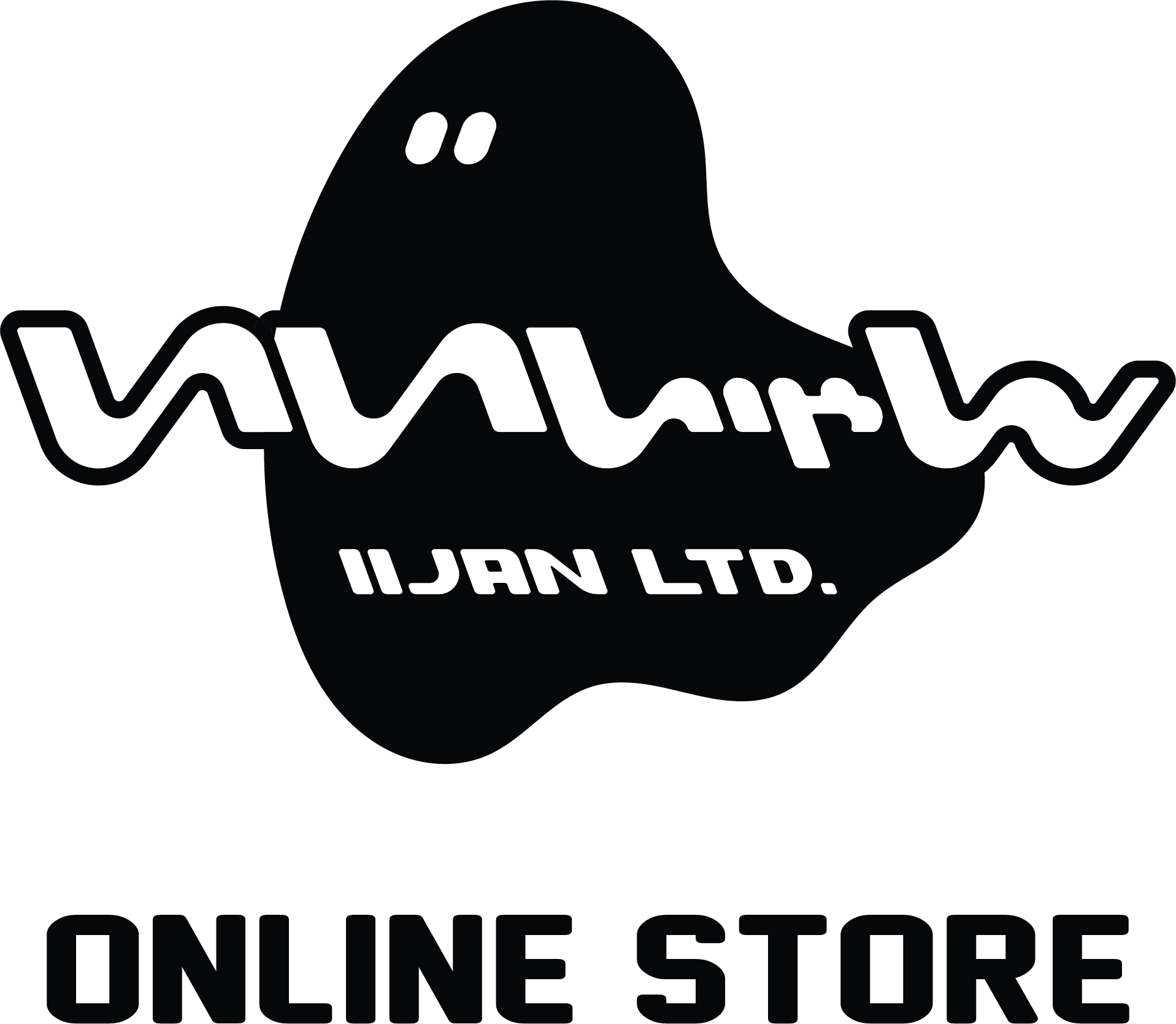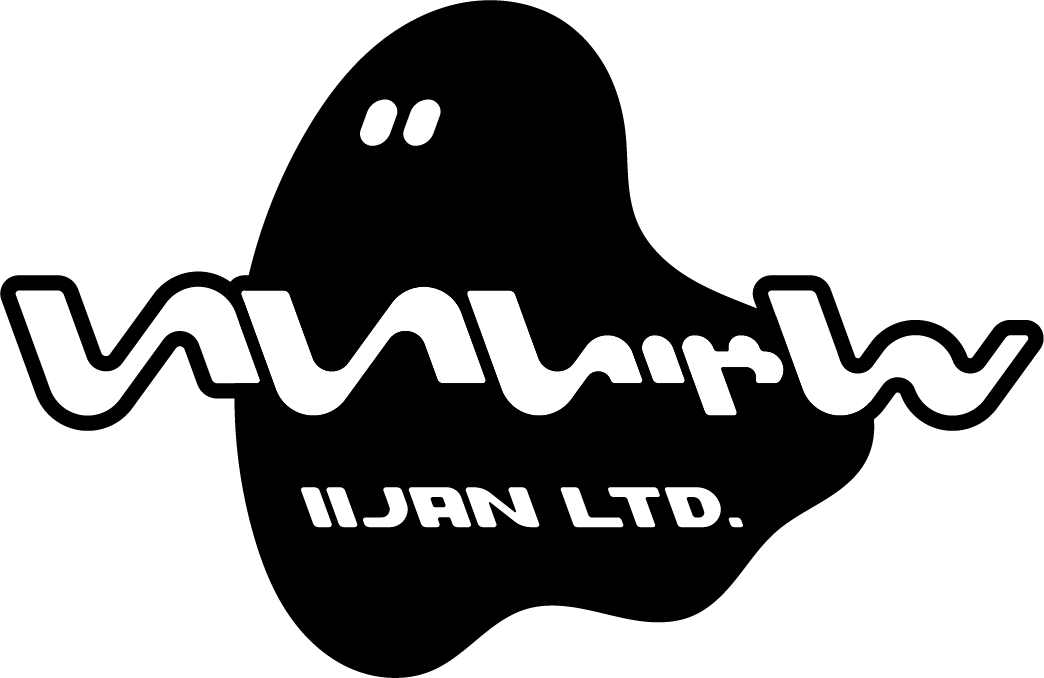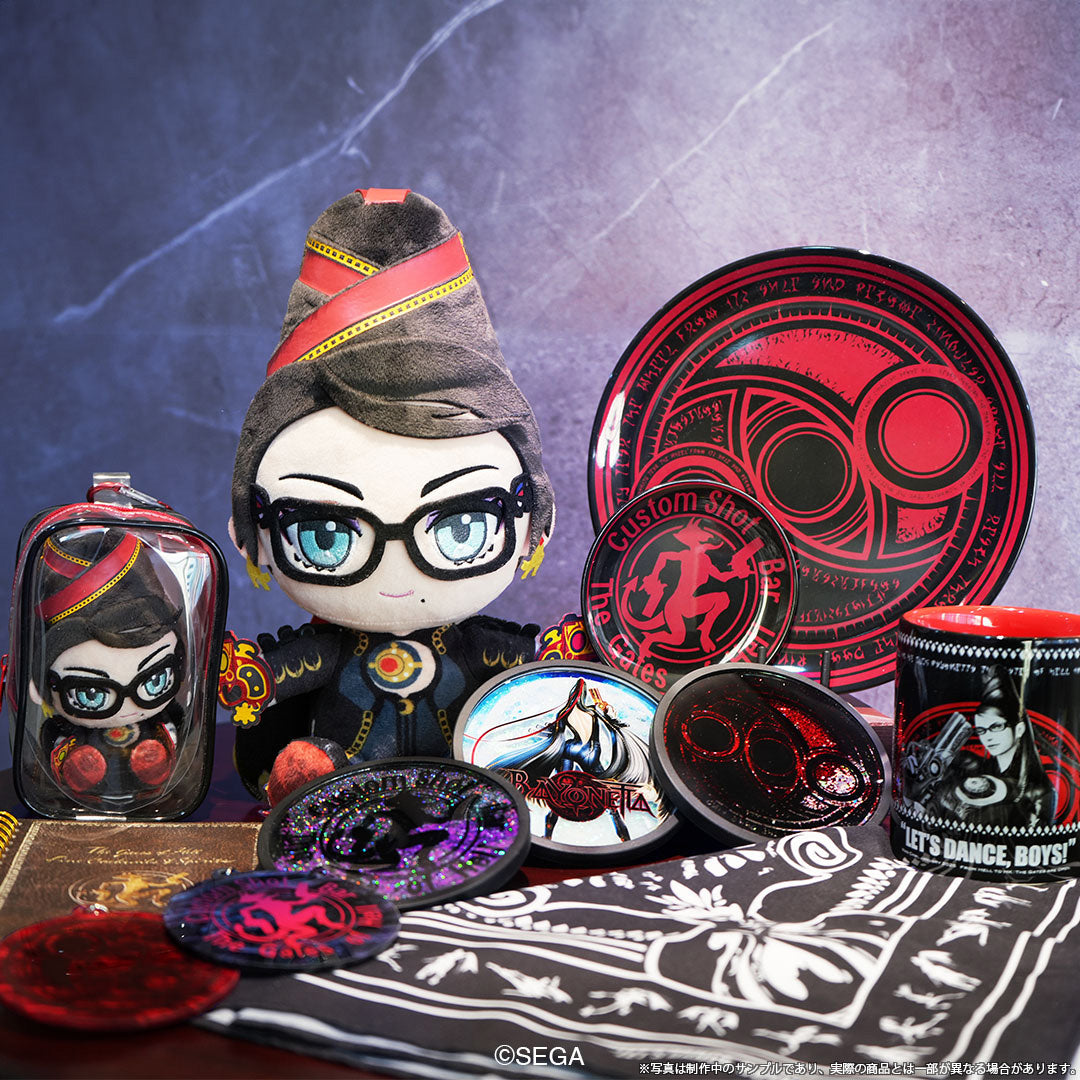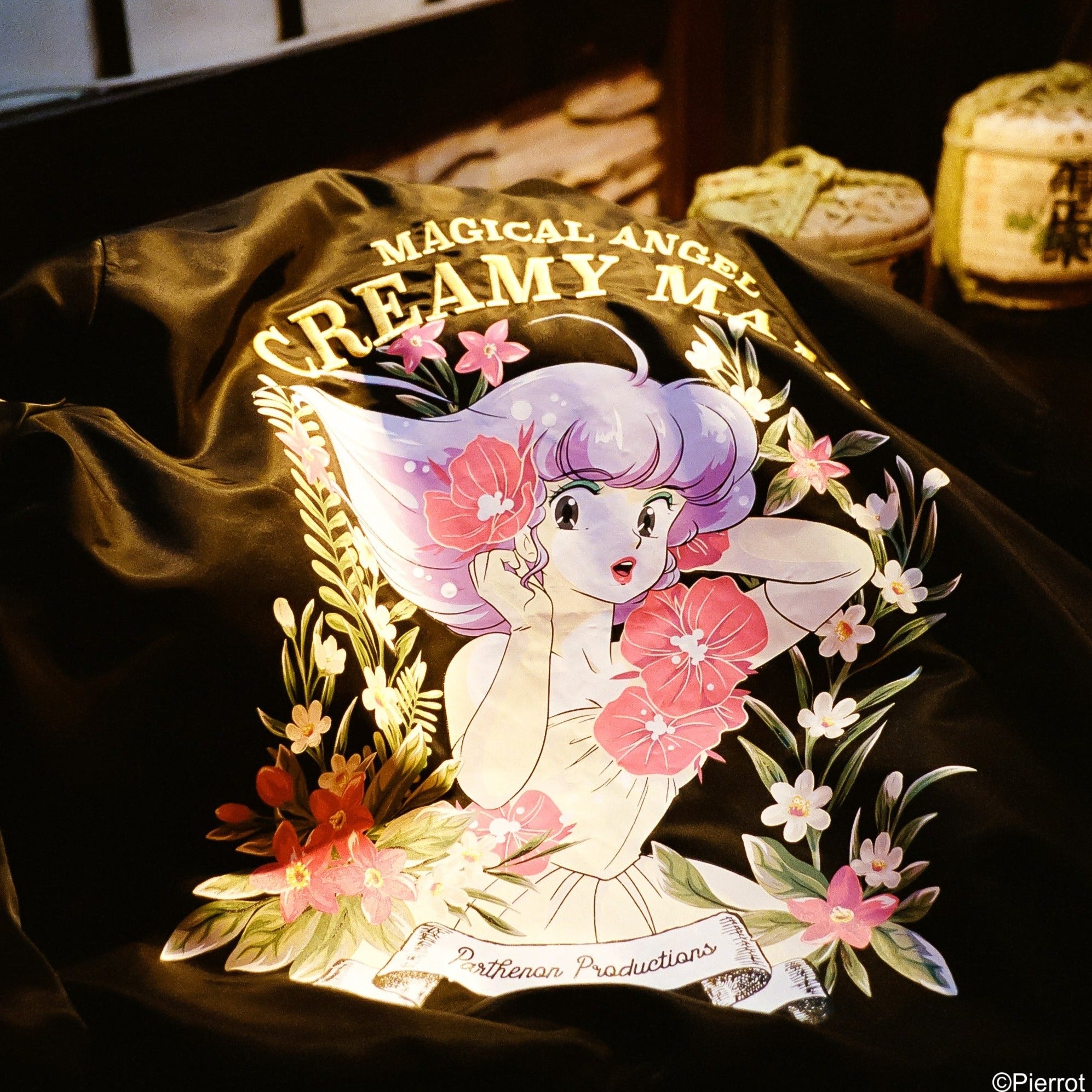【Furusato P (Producer) Anime Path】Episode 8: "The Work of a Recording Engineer is Truly 'Professional Territory'!"
After the vocal recording, the track-down work begins. Music producer Fujita selects the tracks that match the intended singing style from the many recorded tracks. Focusing on the main vocal track data, if certain parts of other tracks contain better takes of certain lyrics, those parts are swapped into the main vocal track. In animation terms, this is like editing. Additionally, finer details are connected using the recorded data.
Once Fujita gives the final confirmation on the compiled vocals by the recording engineer, the next step is to adjust the vocals and instruments. The mixing process to create a stereo (2-channel, left and right) sound follows. Adjustments are made to the volume and sound field of the vocals, as well as the volume and sound field of each instrument. By the way, the sound sources for each instrument are created using both synthesizers and live instruments.
From what I observed, the guitar is often recorded after the vocals. There is probably a reason for this, but I never got around to asking. Ah, I should have asked back then.
In one project, when a guitarist asked what this song was for, I replied that it was the theme song for an anime. Upon hearing that children would be listening, the guitarist said, "Kids will be listening? Well then, I have to make it an even better song. I'll put my all into it!" Knowing that children would be listening really boosted his motivation to perform. That made me very happy.
As the engineer's work continued for one or two hours, there came a point when the song at that stage was recorded onto a DAT (a small digital recording and playback deck used at the time) and taken outside. At first, I didn't understand what they were doing, so I asked Fujita about it. He explained that they were doing this to listen to the song with headphones (earphones) amidst the noise and hustle and bustle outside.
Inside the studio, the environment allows for listening to the sound in an optimal way. There are no noise and no people passing by. However, the end users might listen to the song on a train, while walking on a road, in their car, or perhaps while studying in their room. Additionally, they even listened to the sound using a boombox within the studio.
Sound can be affected by the environment (inside a train, outside on the road, in a car, in a room, etc.), causing it to echo, become muffled, or make the bass less audible. Different equipment (headphones, earphones, boomboxes, stereo systems, movie theater speakers, etc.) can accentuate or diminish certain frequency ranges. Furthermore, the environment can cause high frequencies to attenuate or make low frequencies harder to hear.
Why is this? Sound is heard because it causes air to vibrate. It becomes harder to hear as the distance increases, and obstacles can block the sound. Materials like sponges can absorb sound. In large theaters, the sound volume changes before and after the audience takes their seats. I've heard that humans absorb sound, causing the volume to diminish.Therefore, the way sound is transmitted changes significantly depending on the environment.
So, what is sound exactly?
When you listen to a performance on a large Japanese drum, you can hear it with your ears, but it also resonates through your body as if being struck by something. This happens because when the drum skin is struck, it vibrates and causes the surrounding air to vibrate as well. These air vibrations reach us, listening from afar.
This isn't limited to drums; all musical instruments vibrate the air in some way. Oh, and our voices when we speak are the same. The sound comes not just from our mouths but also reverberates from our throats and chests. When people say they are "showered in sound" at a live concert, they are indeed being bathed in sound vibrations.
Engineers think about the environment and equipment of the listeners while doing the mixing work, or adjustments, so that the sounds of each instrument and the main vocals can be properly heard. However, if they focus too much on optimizing for headphones (earphones), it can become unbalanced when listened to on larger speakers, so they carefully adjust the balance in various ways.
It seems that engineers can hear sounds that I cannot. They can also detect even the slightest pitch errors in vocals. This is what I think is truly "professional territory."
When directors and animators perform rush checks (video footage checks), they often spot retakes needed for a particular frame. It’s the same concept. Similarly, color designers can detect even a momentary color mistake.
It was around this time that I started to think more deeply about how professionals in every field can sense things—whether sounds, images, or even smells and other sensory details—that ordinary people like us cannot perceive.
I began to think that this "professional territory" was like the "ZERO realm" mentioned in "Cyber Formula." Watching period dramas where samurai or ninjas sense a "killing intent" and prepare to fight, I secretly thought of that as the "ZERO realm" as well.
I once saw a TV program where a sushi chef, no matter how many times he made sushi, always managed to use the same number of rice grains for each piece. I thought that was incredible, and considered it another example of "professional territory" or the "ZERO realm."
It’s not about having superpowers; it’s about having honed senses. Professionals have quick and accurate processing abilities, backed by a wealth of experience and the ability to select the right information from a large pool.
With that understanding, I worked on creating "Cyber Formula SAGA." Although it's a story about races where professionals like Hayato and Kaga compete fiercely, there were moments when I would smirk, thinking about the dramas we, the creators, also experienced.
As for the BGM engineers, even with numerous instruments, they create the sound field. For "SAGA," there were over 30 instruments. For "SIN," there were over 50 instruments. What we often see in concert scenes is musicians lined up with their instruments on a large hall stage.
However, when recording BGM, it is common for each instrument to be in separate booths. In other words, each instrument is recorded on a separate track. This means that engineers listen with their ears and adjust the sound to make it feel like the instruments are lined up on a large hall stage. They finely adjust the position, space, and volume of each instrument to create the sound field.
So, when you listen to a soundtrack (BGM) in the future, try listening to where each instrument is placed, how much space it occupies, and what the volume is like. It's very interesting! Since each engineer, music producer, and director has their own approach, each soundtrack will sound different!
After this, I also attended the mastering process for both the single CDs and the soundtrack CDs. This involves creating the master for the CDs. This master is then taken to the CD factory, where the CDs for release are produced. Decisions are made about the order of the songs, the length of the gap (blank) between songs, and so on. This is also known as chaptering. Additionally, the volume of each song and piece is adjusted. Since the decisions made during this mastering process determine the final CD for release, the work is carried out carefully and meticulously.
Fujita showed me various processes related to music. For a complete newbie producer like myself, it was all very meaningful and beneficial work.
As an aside, during recording, mixing, and other processes, there is a lot of waiting time for me. During these times, Fujita gave me various lectures. Also, I looked forward to the bento boxes that Fujita would order. Phrases like "What would you like today—meat, fish, Chinese, pizza?" would fly around. Menus from various restaurants would be spread out. The assistant engineer would write down each person's order on a note and call the restaurant to place the delivery order.
There is a saying, "eating from the same pot(同じ釜の飯を食う)," and I have memories of eating from the same pot as the music people, even if just a little. Thinking back on the people I met then, I wonder if they are doing well now. These memories make me a bit nostalgic.
Because we are in different industries, it often truly becomes a once-in-a-lifetime encounter. As I write this, I find myself indulging in a bit of nostalgia.
Next time, I would like to write about my encounters with voice actors through sound.
P.S.:
I've also started the YouTube channel "Furusato P Anime Road" today, so please make sure to subscribe and check it out.
🔻Here is the link
https://www.youtube.com/channel/UC_jrvVljSFUhGmxpCvYuq5A
🔻Furusato P Photo Album: This Week's Photo

Naotake Furusato
Born on May 3, 1961, in Aomori Prefecture, Japan, began his career in the anime industry in 1982 as a production assistant at Nippon Animation. By 1985, he was working as a production assistant on Studio Ghibli's "Castle in the Sky." In 1987, he joined Sunrise, where he contributed as a production progress staff, setting creator, production desk, and assistant producer (AP) on projects like "Mister Ajikko" and the "Brave Series." He was promoted to producer starting with "Future GPX Cyber Formula SAGA" and went on to plan and produce 14 original animation titles, including "Outlaw Star," "GEAR Fighter Dendoh," "Go! Machine Robo Rescue," "Mai-HiME," and "Mai-Otome."
In February 2011, Furusato established his own planning company, Odd Eye Creative, Inc. He served as planner and producer for series such as "Phi Brain: Puzzle of God" and "Cross Ange: Rondo of Angels and Dragons." He also assisted in planning "Revue Starlight" and participated as an associate producer on "Grendizer U." Currently, he is involved in the gaming sector and is preparing new projects.






Leave a comment
This site is protected by hCaptcha and the hCaptcha Privacy Policy and Terms of Service apply.